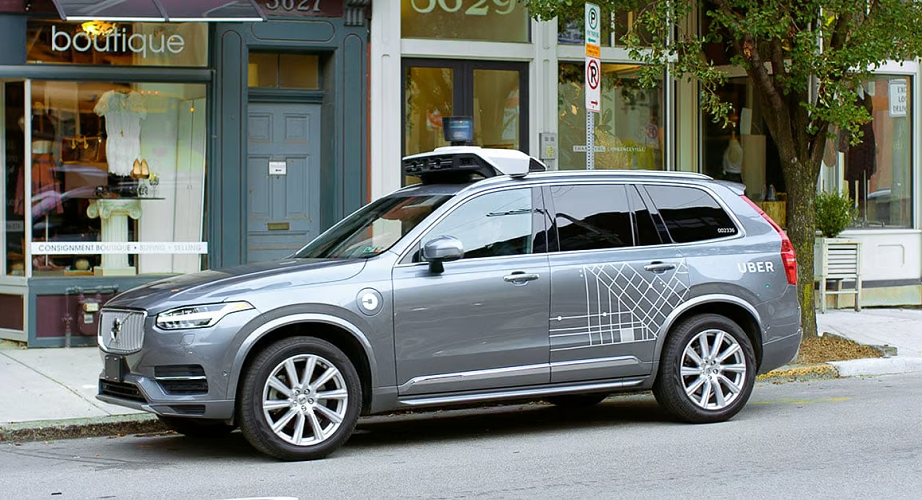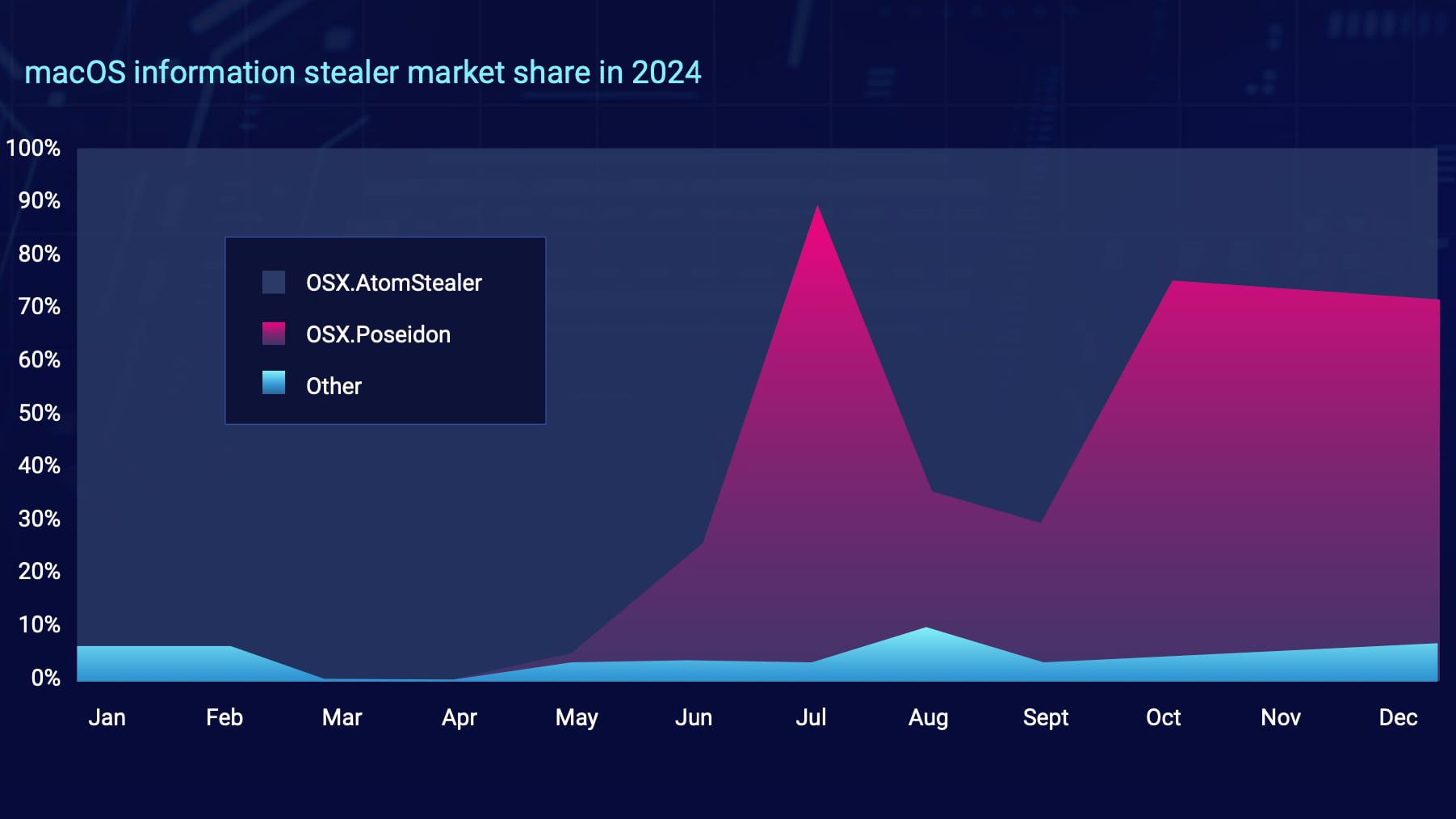Shares of Uber Technologies Inc. dropped 8% in trading today after the company reported better-than-anticipated revenue for the fourth quarter but missed earnings expectations.
Uber’s adjusted EBITDA, or earnings before interest, taxes, depreciation and amortization, grew 44% year-over-year to $1.84 billion. That sum was in line with analyst expectations. In contrast, Uber’s adjusted earnings per share of 23 cents fell well short of the 50 cents that the market was looking for. That’s despite the fact the company’s bottom line reportedly received a $556 million boost from a change in the valuation of its equity investments.
Uber’s revenue numbers exceeded expectations. Fourth quarter revenue rose from $9.9 billion a year earlier to $11.96 billion, a 20% increase. Analysts polled by the London Stock Exchange projected $11.77 billion.
Uber’s revenue growth was driven by its core mobility and delivery businesses, which provide ride-hailing services and the Uber Eats food delivery app, respectively. The units’ revenue increased by 25% and 21%, respectively in the fourth quarter.
The company attributed the mobility business’ momentum to an increase in trip volumes. The delivery unit’s growth, in turn, stemmed from a combination of higher trip volumes and increased advertising revenue. Uber provides an advertising service called Sponsored Listings that enables stores to place their merchandise higher in the Uber Eats interface.
Top-line growth was dragged down by its freight business, which helps enterprises move merchandise between their facilities. The unit’s revenue was flat year-over-year at $1.28 billion. Uber attributed the lack of growth to a decrease in revenue per delivery caused by a “challenging freight market cycle.” It partly offset that decrease by boosting shipping volumes.
Uber is supporting the growth of its core mobility and delivery units in several ways. It operates a membership program, Uber One, that gives users access to discounts and other benefits in exchange for a monthly fee. Uber disclosed today that the program’s member base grew 60% year-over-year in the fourth quarter, to 30 million users.
In the food delivery market, Uber is testing how sidewalk delivery robots can make its operations more efficient. During the fourth quarter, the company started rolling out such machines in Dallas, Austin and Osaka, Japan. It has partnered with several robotics startups to support the effort.
The company also enhanced its freight offering last quarter. In November, Uber launched Broker Access, a service that makes it easier to arrange merchandise shipments through its logistics platform. The service is geared towards freight brokers, companies that act as intermediaries between organizations looking to ship merchandise and delivery truck operators.
“Our performance has been powered by rapid innovation and execution across multiple priorities, including the massive opportunity presented by autonomous vehicles,” said Chief Executive Officer Dara Khosrowshahi.
Gross bookings, or the total value of transactions that Uber processed through its three core businesses, grew 18%, to $44.2 billion, in the fourth quarter. Analysts were expecting $43.49 billion.
Looking ahead, Uber expects to end the current quarter with gross bookings of $42 billion to $43.5 billion. That’s just under the $43.51 billion analysts had expected. Uber’s adjusted EBITDA forecast for the quarter was in line with expectations at $1.79 billion to $1.89 billion.
Photo: Uber
Your vote of support is important to us and it helps us keep the content FREE.
One click below supports our mission to provide free, deep, and relevant content.
Join our community on YouTube
Join the community that includes more than 15,000 #CubeAlumni experts, including Amazon.com CEO Andy Jassy, Dell Technologies founder and CEO Michael Dell, Intel CEO Pat Gelsinger, and many more luminaries and experts.
THANK YOU









